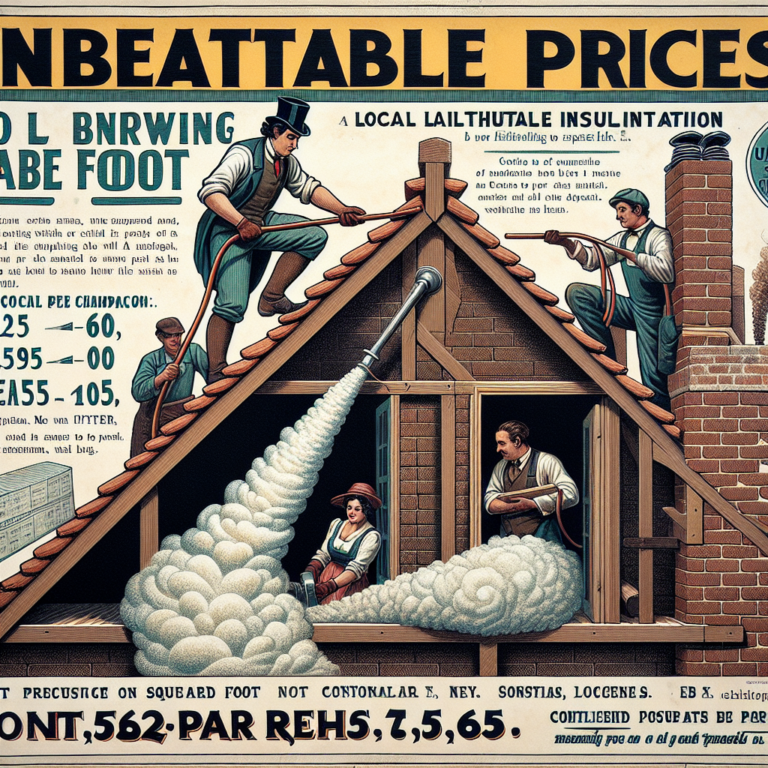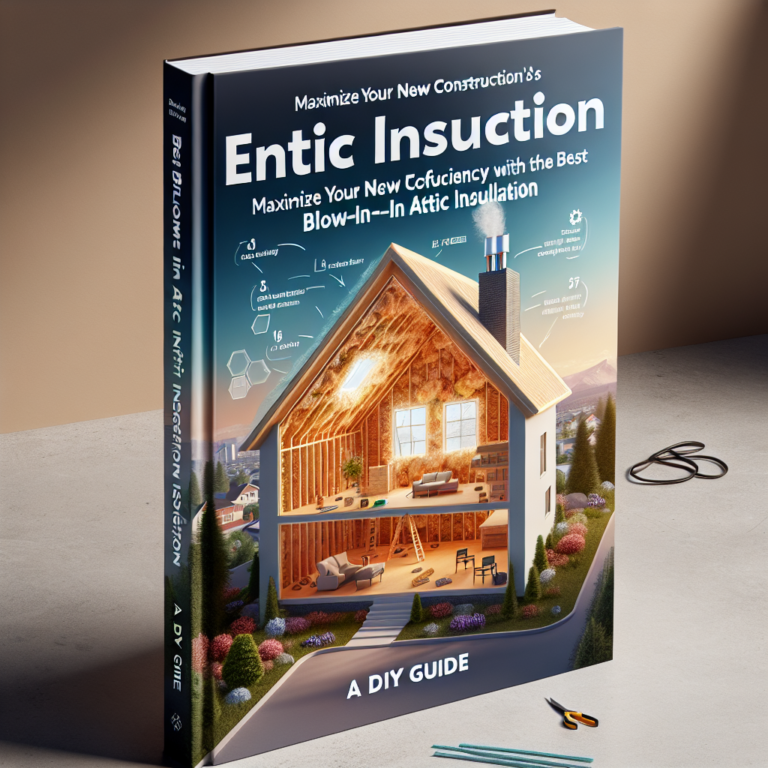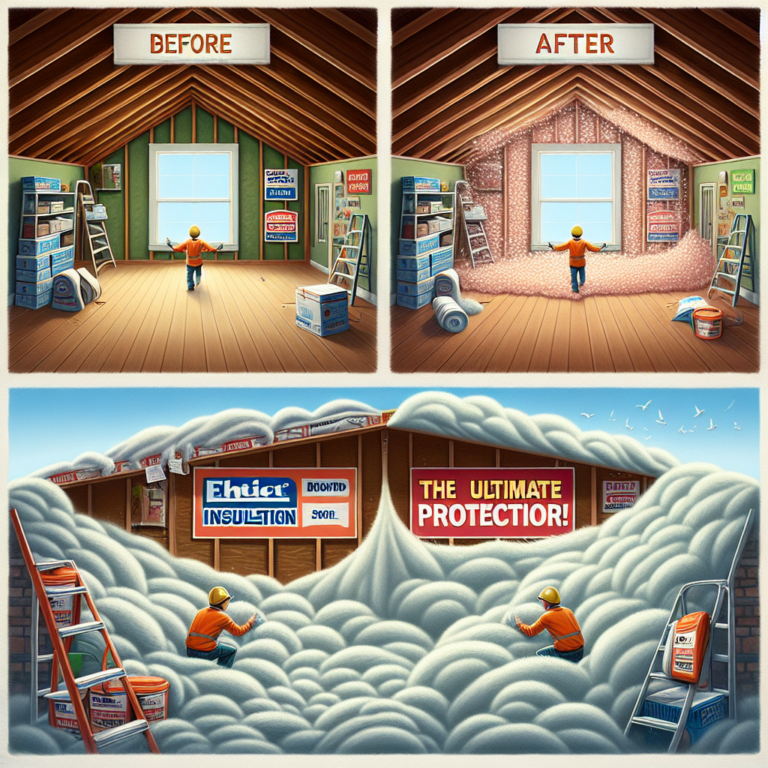The Ultimate Guide to Blown-In Insulation for Homes
Table of Contents
- Introduction
- What is Blown-In Insulation?
- Types of Blown-In Insulation
- Benefits of Blown-In Insulation
- Installation Guide
- Costs and Considerations
- Maintenance and Longevity
- Environmental Impact
- FAQ Section
- Conclusion & Call to Action
Introduction
Enhancing your home’s energy efficiency and comfort can be significantly achieved through proper insulation. Blown-in insulation for homes stands out as an effective solution, catering uniquely to existing walls and attic spaces. Discover why homeowners are choosing this method and how it can benefit you.
What is Blown-In Insulation?
Blown-in insulation, also known as loose-fill insulation, involves the process of using specialized equipment to blow insulative materials into cavities and hard-to-reach areas of a home. This form of insulation is perfect for adding to existing structures without the need for extensive renovations.
Types of Blown-In Insulation
- Fiberglass: Lightweight and fire-resistant material.
- Cellulose: Made from recycled paper and treated for fire resistance.
- Mineral Wool: Offers superior soundproofing and fire resistance.
Benefits of Blown-In Insulation
- Enhanced energy efficiency, leading to lower utility bills.
- Improved home comfort through consistent indoor temperatures.
- Reduction in environmental footprint by using recycled materials.
Installation Guide
Step 1: Assessment and Preparation
Analyze the area to be insulated and prepare the space to ensure an effective insulation process.
Step 2: Installation Process
Using professional equipment, the insulation material is carefully blown into place, ensuring complete coverage.
Step 3: Clean-up and Evaluation
After installation, the area is cleaned and evaluated to ensure optimum insulation performance.
Costs and Considerations
The cost of blown-in insulation varies based on material type, area size, and labor. However, the long-term savings in energy costs can significantly offset the initial investment.
Maintenance and Longevity
Blown-in insulation typically requires minimal maintenance and can last up to 30 years, making it a durable choice for homeowners.
Environmental Impact
Choosing insulation materials like cellulose can positively impact the environment due to its recycled content and energy-saving properties.
FAQ Section
Q: What are the primary benefits of blown-in insulation for homes?
A: The primary benefits include improved energy efficiency, cost savings on utility bills, and enhanced indoor comfort.
Q: How long does blown-in insulation last?
A: When properly installed, blown-in insulation can last up to 30 years or more, depending on environmental factors and the quality of the material.
Q: Is blown-in insulation environmentally friendly?
A: Yes, especially when using materials like cellulose, which is composed of up to 85% recycled paper and offers excellent energy conservation benefits.




